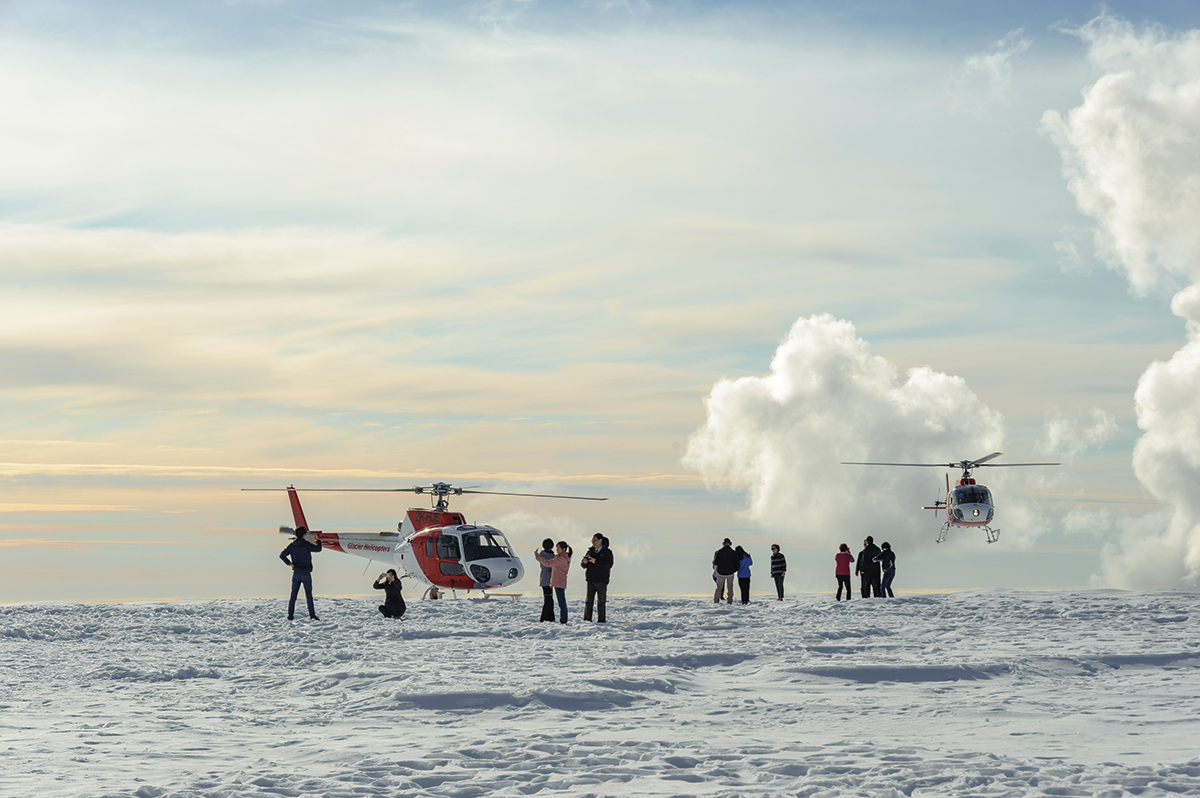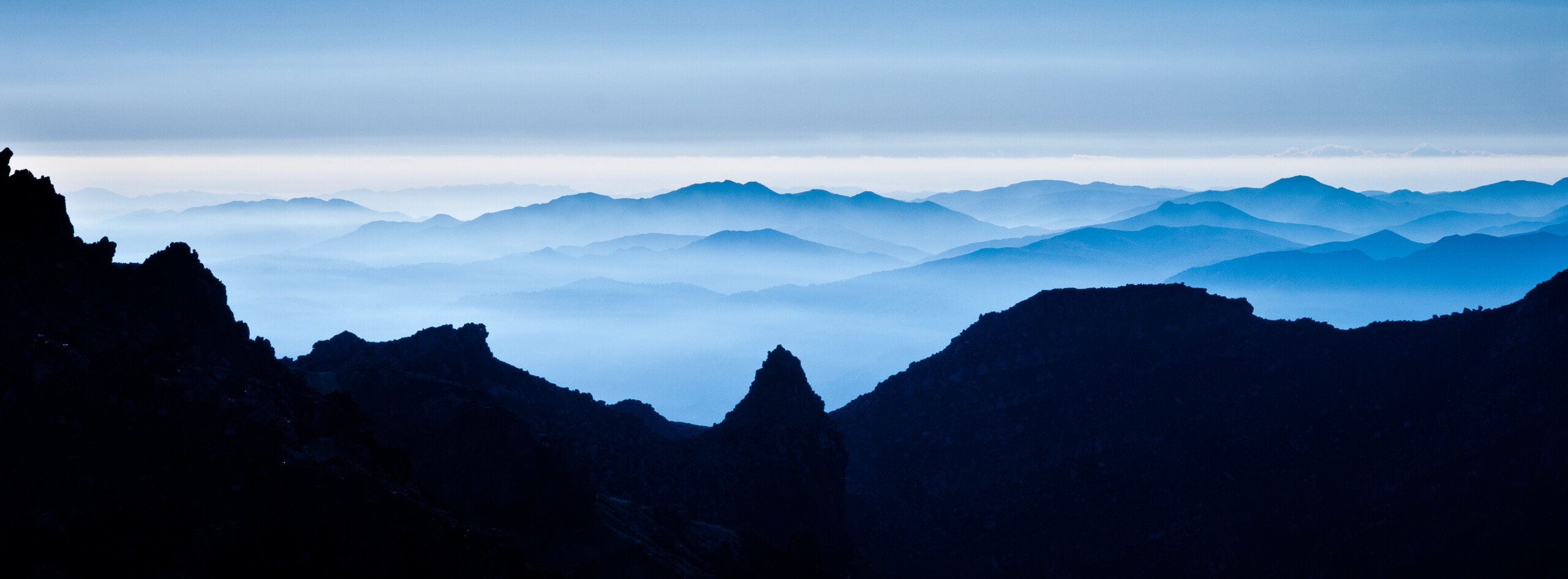The push to develop Oparara

Oparara’s unique environment
(From “Oparara Development – Kahurangi National Park”, NZSS report, 20 Jan 2017)
The Oparara Basin is a large area of approximately 50 square km in the south-west corner of Kahurangi National Park. The landscape is cloaked in dense, largely unmodified podocarp forest. There is a narrow band of limestone running through the basin which has been etched out by rain, the Oparara River, and its tributaries. Central to this limestone landscape is the Honeycomb System, a Specially Protected Area; other renowned caves (accessible to the public) are the Crazy Paving Cave and the Box Canyon Cave.
The Honeycomb System comprises a series of solutional caves in the area. These caves contain significant subfossil remains, which has allowed scientists to better understand the flora and fauna of New Zealand’s past. The Honeycomb System is at the end of its geological lifespan. Much of it is formed along the contact between the limestone (overlying) and granite (underlying) layers. Through a chemical process, water has dissolved the limestone over millions of years forming the caves and karst features. The granite layer, however, cannot be carved by this process and the limestone remaining is gradually crumbling as it dissolves away. The surface has broken through in numerous places throughout the Honeycomb System and the resulting shafts have become natural pitfall traps for flightless birds.
Nearby a range of tracks go to popular tourist attractions such as Mirror Tarn, the Arches and small caves outside the protected area. These sites have been developed as a tourist destination and already attract thousands of tourists each year.
The Oparara Basin is home to a rich and unique wildlife, which includes Powelliphanta snails and a number of rare endemic birds such as blue duck (whio), New Zealand falcon, and kākā.
There are two special wild caves tourists can visit without a guide – Crazy Paving Cave and Box Canyon Cave. Both are home to the Nelson cave spider (Spelungula cavernicola) which is New Zealand’s largest spider and the only spider protected under the Wildlife Act. The spider’s current conservation status is “At Risk – range restricted” (DOC Spiders conservation assessment lists, 2009). The Nelson cave spider is known only from a small number of caves in the Oparara Basin, the Heaphy River valley and Golden Bay. It is likely vulnerable to predation from rats and easily disturbed by human activity and light. Crazy Paving Cave is a hotspot for Spelungula and is one of only a handful of places known to have a moderately dense population. The Nelson cave spider has likely benefited from the extensive predator trapping programme in the Oparara.
Share This Story, Choose Your Platform!

Latest News
FMC recently submitted on the Department of Conservation's proposed allocation process for granting new aircraft landing concessions in Westland Tai Poutini National Park. FMC's [...]
Federated Mountain Clubs of New Zealand is calling for the withdrawal of the Fast-track Approvals Amendment Bill in a submission to the Environment Committee.
The Department of Conservation is trialling car parking fees at White Horse Hill (Aoraki/Mount Cook National Park), Franz Josef, and Dolomite Point (Punakaiki) starting December 2025.






